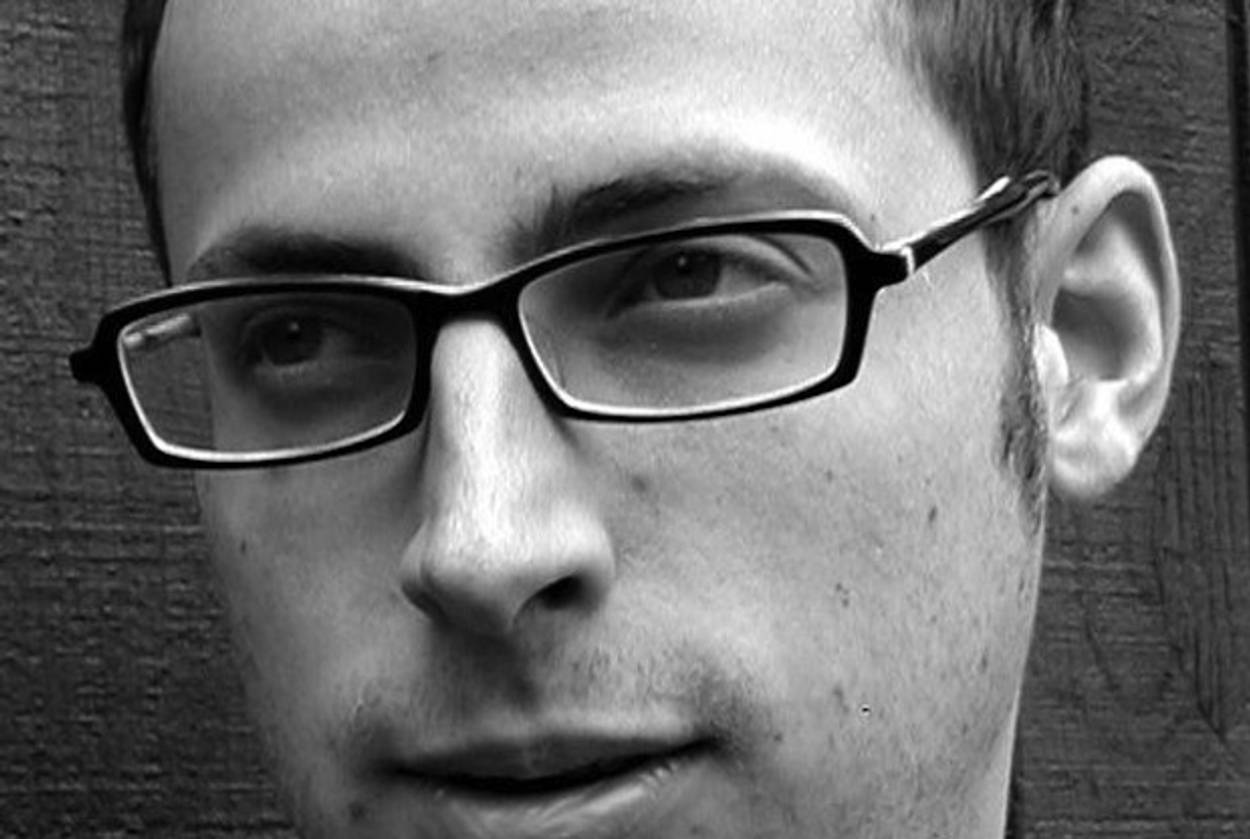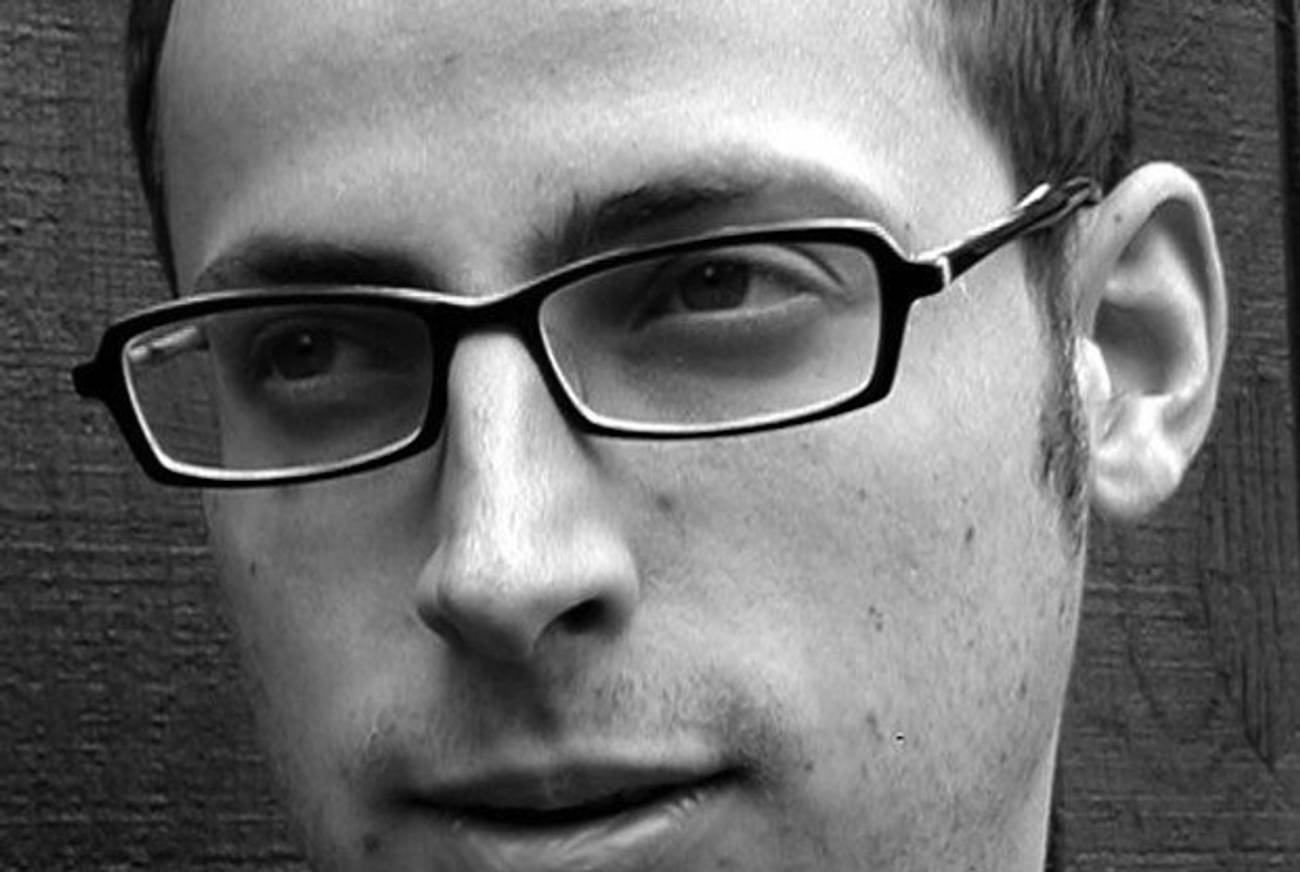Nate Silver Wins Today’s Election
How the statistician has permanently changed the polling game




Today’s election may be a contest between Barack Obama and Mitt Romney, but for hordes of pundits and political news junkies it is also, at least in part, a referendum on the statistician Nate Silver.
Ever since he correctly called all 35 Senate races and 49 out of the 50 states in the presidential race of 2008, Silver, who began his career analyzing baseball, has become the urim and thummim of American statistics. (In 2010, The New York Times acquired his blog, FiveThirtyEight). As November 6 neared, Silver’s defenders and detractors have doubled down on their emotional investments: the former spread a Facebook meme that urged fellow fans to keep calm and trust Nate Silver, while the latter accused the statistician of everything from unmerited celebrity to partisan hackery.
Both sides are missing the point. The real story about Silver isn’t whether he’s right or wrong—his gift, as too many dunderheads fail to understand, isn’t soothsaying—but how he’s fundamentally changed the polling game. Silver’s mathematical models represent a major breakthrough in his field, which has, for at least five decades now, been dominated by a closely-knit coterie of journalists and political operatives. It would not be too much of an exaggeration to say that his influence on 21st-century political prediction will be as determinative as that Freud, say, had on psychology or Franz Boas had on anthropology. Like all pioneers, Silver, too, has replaced the grasps and guesses of less exacting men with a meticulous and complex system of ordering knowledge, by no means perfect but far more efficient than anything that has preceded it.
To understand just how consequential his contribution has been, it is instructive to look at the landscape he has disrupted. And that landscape was, simply put, framed by framing. Media frames, as Todd Gitlin put it in his book about the way the press covered the social movements of the 1960s, are “principles of selection, emphasis, and presentation composed of little tacit theories about what exists, what happens, and what matters,” narratives that are deeply qualitative, often anecdotal, and help both the media and its consumers make sense of a deeply chaotic world. This is what MSNBC’s Joe Scarborough was talking about when he said, after being confronted with proof that his accusations of liberal media bias against Romney’s wealth were wildly inaccurate, that “the general impressions of people like myself… does count in the perspective that active news consumers have.” Scarborough candor is refreshing; pundits, as he admits, generally rely more on their guts and less on their brains to predict election outcomes.
Silver’s model is anathema to such modes of thinking. Like all worthy scientists, he begins his work by admitting what he doesn’t know, and proceeds by culling together everything that he does. The result strikes some in the press as odd. “If there’s one thing we know,” David Brooks wrote recently in The New York Times, “it’s that even experts with fancy computer models are terrible at predicting human behavior.” He’s absolutely right, but predicting human behavior is not what Nate Silver does. Instead, as some of his more astute defenders have correctly argued, he runs a computer model that aggregates and analyzes large data sets. Taking advantage of the ungodly number of polls currently produced each day by media and other organizations, Silver’s model averages the poll numbers, factors in each poll’s accuracy based on its performance in past election cycles, and delivers a probability, which, as some reporters have noted, are a lot like gambling odds.
Like Freud or Boas, Silver is interested less in unlocking the knotted psyche of any single individual—a hopeless task—and more in drawing patterns for collective human behavior. Regardless of what happens today, and whether or not the reality matches his probabilities, by taking this bold approach, Nate Silver is going to be perfectly right.
Keep Calm and Trust Nate Silver [Daily Kos]
Nate Silver: Romney Clear Could Still Win [Politico]
Nate Silver’s Flawed Model [National Review]
Why Statistical Models Are Necessary and Good for Democracy [Wired]
Taking the Pulse of Nate Silver’s Numbers [CBS]
A Poll Addict Confesses [NYT]
People Who Can’t Do Math Are So Mad at Nate Silver [Atlantic]
Liel Leibovitz is editor-at-large for Tablet Magazine and a host of its weekly culture podcast Unorthodox and daily Talmud podcast Take One. He is the editor of Zionism: The Tablet Guide.